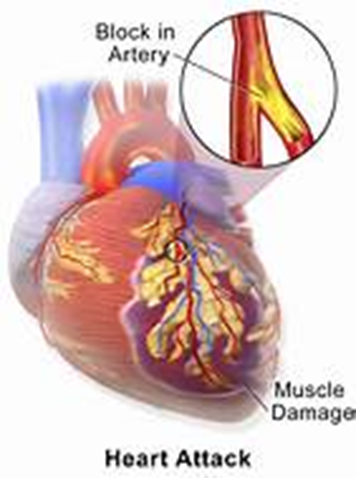The nurse is caring for a client who has a small bowel obstruction. When teaching the student nurse about this condition, the nurse will include which of the following findings that are consistent with the diagnosis? (Select all that apply).
Severe fluid and electrolyte imbalance
Upper abdominal distention
Metabolic acidosis
Projectile vomiting with a fecal odor
Diarrhea or ribbon-like stools
Correct Answer : A,B,D
Nursing Test Bank
Naxlex Comprehensive Predictor Exams
Related Questions
Correct Answer is ["A","B","C","D","E"]
Explanation
Choice A reason: Pain occurring 30 to 60 minutes after a meal is a common symptom of gastric ulcers due to the increased gastric acid secretion during digestion that can aggravate the ulcer.
Choice B reason: Pain at night is also typical for gastric ulcers as the circadian rhythm can influence acid secretion, potentially leading to increased discomfort during the night.
Choice C reason: A sensation of bloating can be associated with gastric ulcers due to delayed gastric emptying or increased sensitivity of the stomach lining.
Choice D reason:Pain relieved by eating is indicative of gastric ulcers because food can act as a buffer to stomach acid, temporarily relieving pain².
Choice E reason:Pain upon palpation of the epigastric region is expected in clients with gastric ulcers due to the localized inflammation and sensitivity of the stomach lining².
Correct Answer is C
Explanation
Choice A reason: Myocardial infarction (MI) is not limited to occurrences with exertion. While stable angina typically occurs during physical activity or emotional stress, MI can happen at any time, even at rest. The underlying cause of an MI is the complete blockage of blood supply to a part of the heart muscle, usually due to a blood clot in a coronary artery. This blockage can lead to the death of heart muscle tissue, a condition that requires immediate medical attention.
Choice B reason: Stable angina does not typically last for more than 30 minutes. It is characterized by chest pain or discomfort that occurs predictably with exertion or emotional stress and is relieved within minutes by rest or nitroglycerin. In contrast, the pain from an MI is more prolonged and severe, and it is not relieved by rest or nitroglycerin. If chest discomfort lasts longer than 15 minutes and is not alleviated by rest or nitroglycerin, it is a warning sign that the individual may be experiencing an MI.
Choice C reason: This is the distinguishing feature between stable angina and an MI. Stable angina is usually relieved within 3-5 minutes by rest or nitroglycerin, which helps to dilate the coronary arteries and improve blood flow to the heart muscle. Nitroglycerin is ineffective in relieving the symptoms of an MI because the problem is not just reduced blood flow but a complete blockage that nitroglycerin cannot overcome.
Choice D reason: The pain associated with an MI typically lasts for more than 15 minutes and can be quite severe. Unlike stable angina, the pain of an MI is not relieved by rest or nitroglycerin. The duration and severity of the pain, along with other symptoms such as shortness of breath, sweating, nausea, or lightheadedness, help differentiate an MI from stable angina.

Whether you are a student looking to ace your exams or a practicing nurse seeking to enhance your expertise , our nursing education contents will empower you with the confidence and competence to make a difference in the lives of patients and become a respected leader in the healthcare field.
Visit Naxlex, invest in your future and unlock endless possibilities with our unparalleled nursing education contents today
Report Wrong Answer on the Current Question
Do you disagree with the answer? If yes, what is your expected answer? Explain.
Kindly be descriptive with the issue you are facing.
